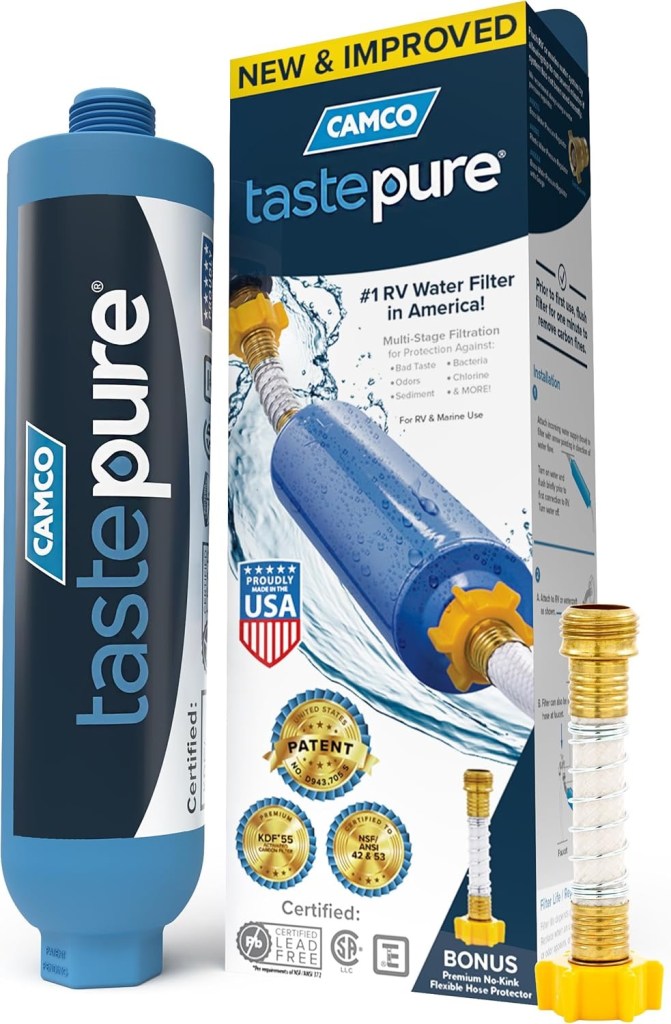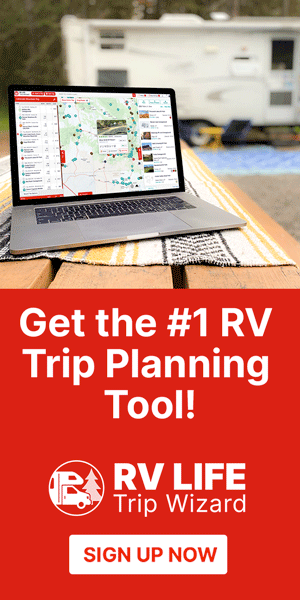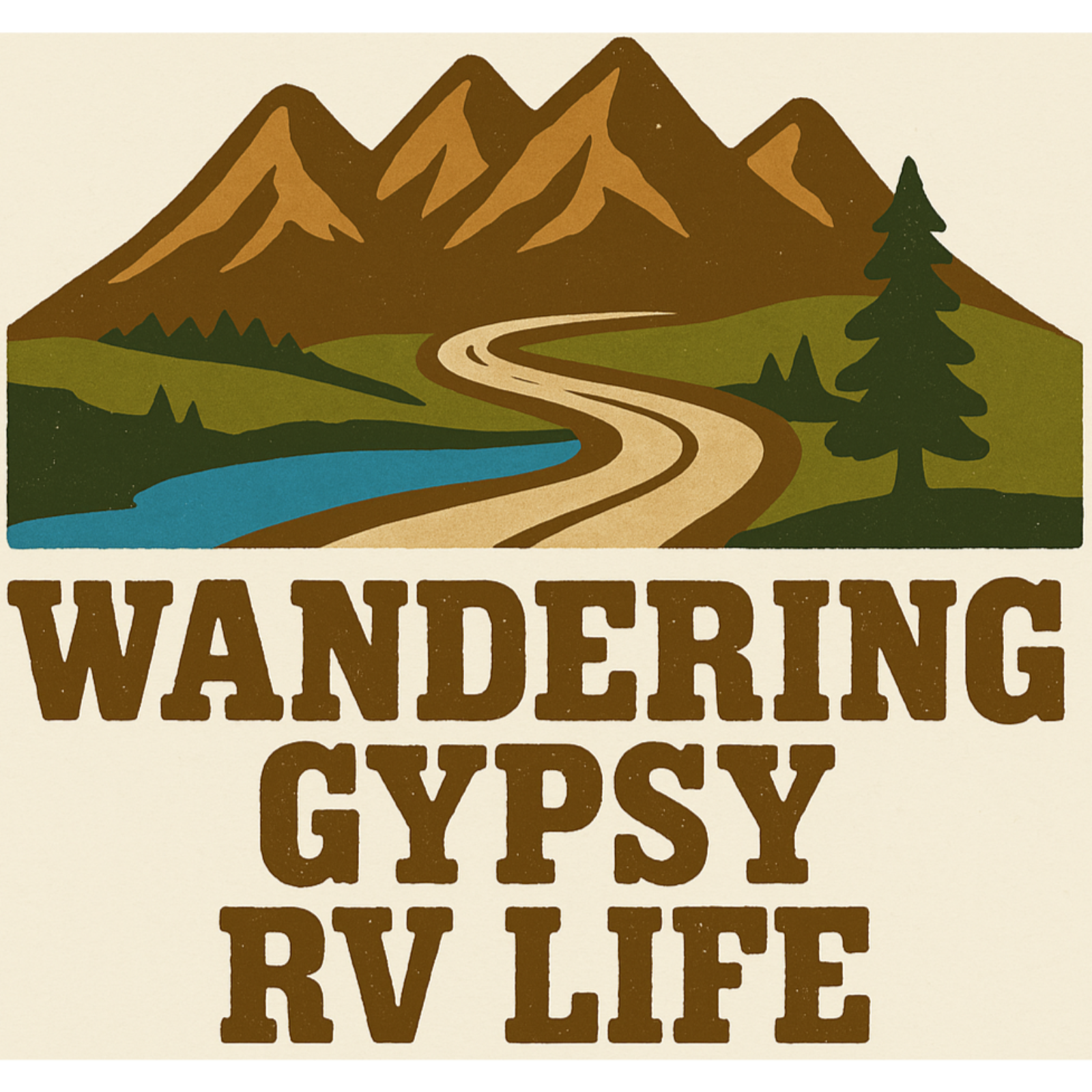As I packed up Bertie Bea and Rosie after another great Penn Coachmen Rally at Pocono Raceway—the legendary “Tricky Triangle”—I couldn’t help but smile. Sure, I’d logged plenty of miles and made some new memories on this trip, but what really sticks with me are the people, the laughter, and the little moments that remind me why I love the RV life.
I rolled into Pocono Raceway on Sunday, September 21, a few days before the rally officially started. The infield was quiet, just a handful of early arrivals getting set up. There’s something peaceful about being at a racetrack before the crowds arrive—just the hum of a generator, a few scattered campfires, and the wide, open sky. It’s the calm before the storm of fun that comes with a rally week.
The next day, on Monday, my soon-to-be neighbors, Olga and Alan, decided to move their coach from their previous site near their racing trailer up to the Penn Coachmen Rally area of the Pocono Raceway Infield Camping Area. They got set up just as I was settling into my own routine. It didn’t take long before a friendly wave turned into a conversation, and a conversation turned into the start of a new friendship.

Olga and Alan are full-time RVers who make their living on the road by selling a television streaming package. We got to talking about how it works, and Alan walked me through the setup. It was simple, practical, and affordable—something every RVer loves to hear. After a lengthy discussion, I decided to purchase the package. But before the transaction was done, I managed to talk them into one more move—this time, down next to me, leaving a site open between us for gatherings. That space quickly became the heart of our little neighborhood, a spot for morning coffee, afternoon shade, and laughter that rolled late into the evening.
It wasn’t long before we had more than just conversation and coffee going. One afternoon, Olga and our friend Gil stopped by my site, and before I knew it, we had an impromptu cooking class going. On the menu? A southern favorite—crawfish étouffée. I pulled out the skillet, the trinity (onion, bell pepper, and celery), and a little Cajun seasoning, and we got to work. There’s something special about cooking with friends outdoors—the smell of roux browning in butter, the laughter as someone stirs too fast, and the inevitable taste test that always ends with, “Just a little more spice.” By the time we finished, everyone had a plate in hand, and the verdict was unanimous: we’d be doing that again. It was one of those unplanned moments that turned into a highlight of the week.
By the time the Penn Coachmen Rally officially got underway, the infield had transformed into a lively little village of RVs, flags, awnings, and friendly faces. There’s nothing quite like rally mornings—coffee brewing, dogs getting their walks, and the faint sound of “good mornings” floating across the campground.
The week was full of good company and learning opportunities. Several educational seminars were held, with one highlight being Gary’s “Gears & Gadgets” seminar, where he showcased must-have tools, maintenance gear, and safety items that every RVer should keep on hand. Gary and his wife, Sue, served as Rally Masters, keeping things running smoothly while ensuring everyone had fun.
One of the best parts of the week was getting to know Emily and Aaron, Gary and Sue’s daughter and son-in-law. They brought such energy and enthusiasm to the event. Emily owns a small business creating shirts and pullovers with solid iron-on logos—including the official apparel for the Penn Coachmen Chapter. She even made a custom pullover for me featuring my Wandering Gypsy RV Life logo, which was a real highlight of the week.

Aaron, being from Pennsylvania, is a lifelong Penn State fan—and that came through loud and clear on Saturday night when the Nittany Lions faced Oregon. That evening, Bertie Bea turned into the unofficial sports bar of the rally. A crowd gathered under my awning around the outdoor TV, with Aaron leading the charge, Emily cheering beside him, and everyone joining in. Whether you were rooting for Penn State or just there for the snacks, it was a night of pure camaraderie—the kind of easy, comfortable connection that only happens when RVers get together.
Of course, no rally week is complete without food, and the first night’s gathering kicked off in style. I made a batch of my famous BBQ meatballs in my secret sauce. I set them out, turned to grab a drink, and by the time I came back, the tray was empty—gone in five minutes flat. That’s a compliment in my book!
But what really stood out about the week were the little moments of kindness and community. My friend Steve took the time to check the torque on the screws in Bertie Bea’s electric automatic transfer switch—just to make sure everything was safe and tight. Nobody asked him to; he just saw a chance to help and jumped in. That’s the kind of spirit that defines RV rallies: people looking out for each other, lending a tool, sharing advice, or offering a hand when it’s needed most.

That sense of community is what the Family RV Association (FRVA) is all about. Through its many chapters, like the Penn Coachmen, FRVA brings together RVers who share a love for adventure, learning, and friendship. Whether it’s attending a rally, joining a chapter gathering, or just staying in touch on the road, the connections you make through FRVA are what keep this lifestyle vibrant and meaningful.
Over the years, I’ve learned that these rallies aren’t just events—they’re reunions. You might meet someone new this week and find yourselves parked next to each other across the country next year. That’s the beauty of it. The road is long, but the community makes it feel like home no matter where you are.
As I drove out through the tunnel at Pocono Raceway—Bertie Bea leading the way and Rosie faithfully following behind—I couldn’t help but reflect on another week of laughter, learning, and lasting friendships.
Because in the RV world, the destinations are many—but the people you meet along the way? They’re what make the journey truly unforgettable.



 Unlock with Patreon
Unlock with Patreon












































